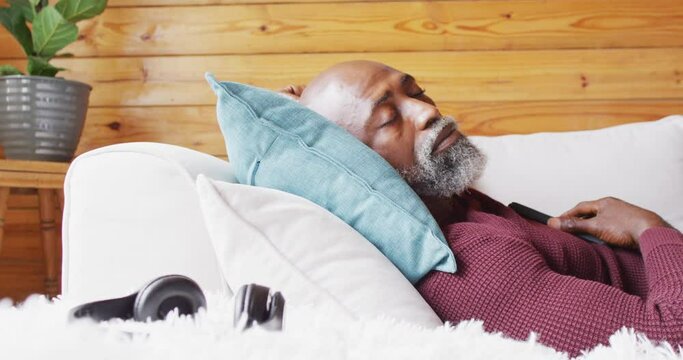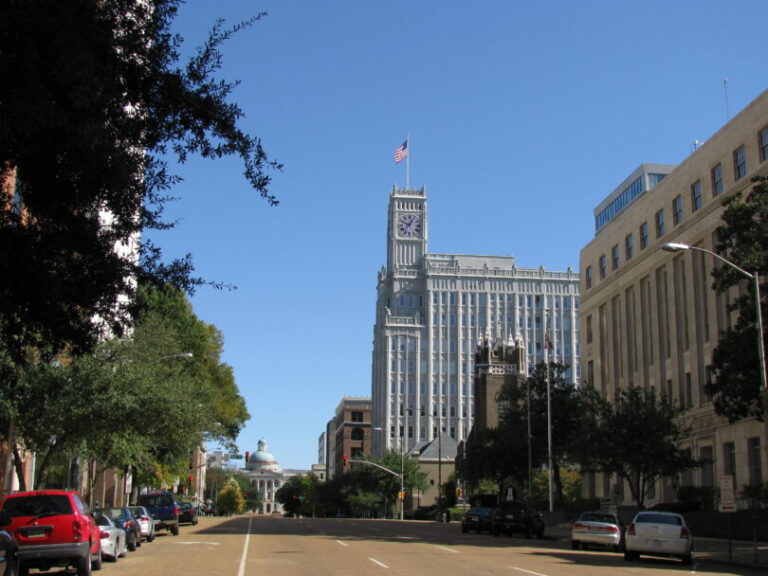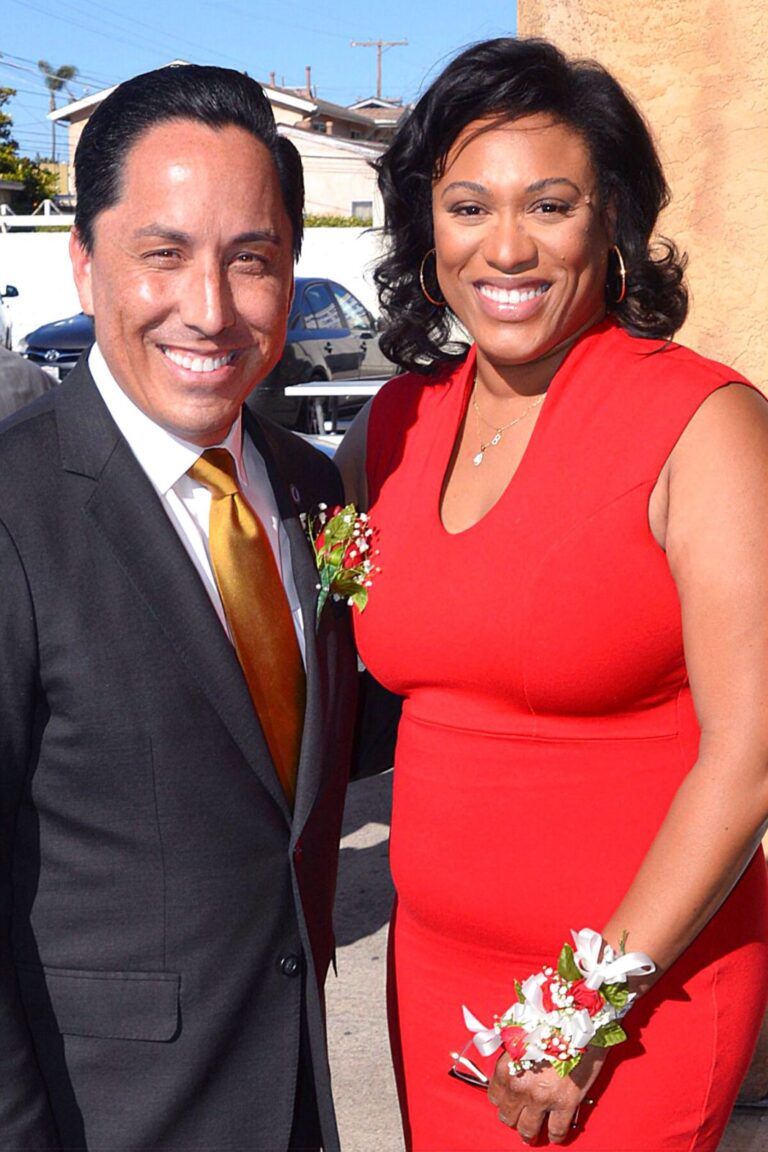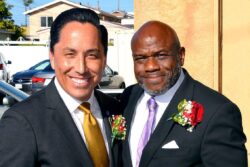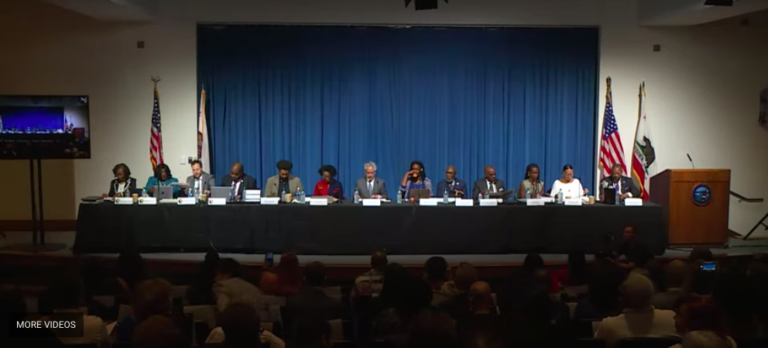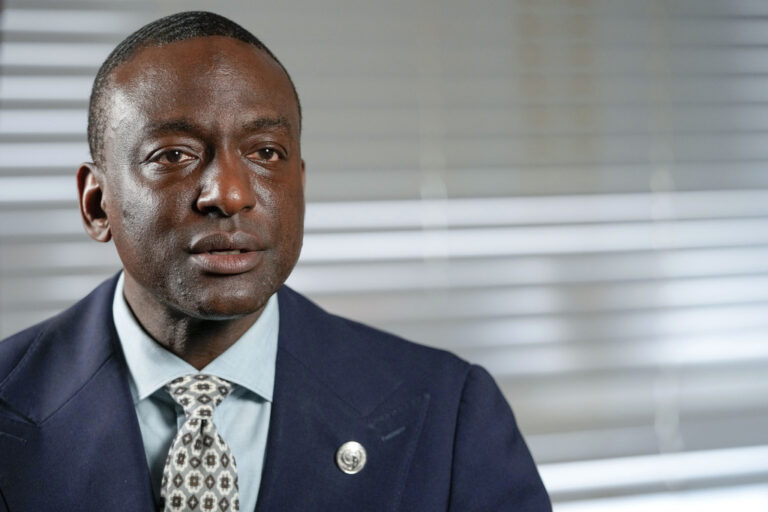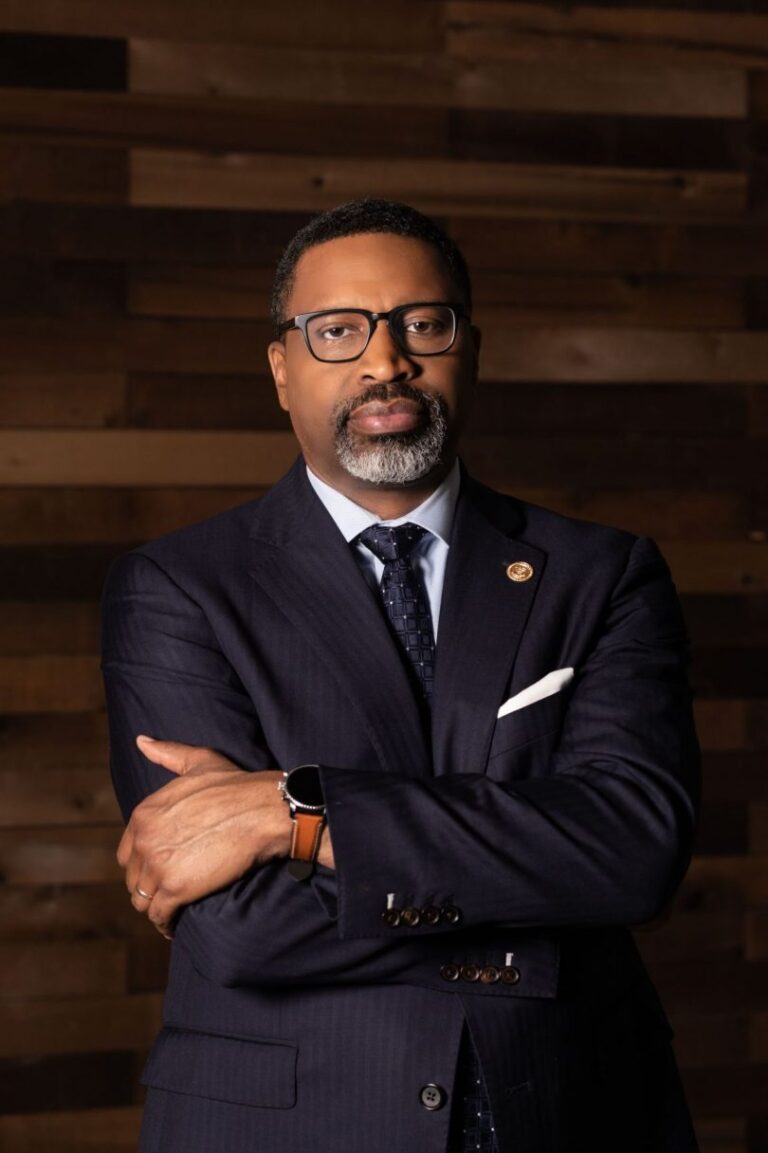By Stacy M. Brown, NNPA Newswire Senior National Correspondent
To address the concerns and challenges faced by diverse communities, two former Twitter employees have developed a new social media app called Spill.
Alphonzo “Phonz” Terrell and DeVaris Brown, the co-founders of Spill, have created a platform they said prioritizes the safety and well-being of marginalized identities, with a particular emphasis on African Americans and the LGBT-Q community.
Speaking to AfroTech, Terrell expressed their vision for Spill.
“Our thesis was if we could build a platform from the ground up that caters to these groups, these culture drivers, and then solve the core problems that they’re facing, that our community is facing more specifically, that would make for a better experience for everyone,” Terrell asserted.
The support of Black Twitter users has catapulted Spill to the pinnacle of success, helping it earn the number one spot on the Apple App Store charts.
Even after reaching the top spot, Spill maintains a strong position within the top five apps, highlighting the demand for a platform that resonates with African American users.
While Spill has garnered acclaim among its target audience, the company has faced criticism for not being exclusively Black-centric.
However, the founders clarified that Spill is open to users from all backgrounds, aiming to create an inclusive space that fosters meaningful connections and discussions.
Spill has implemented a system of invite codes, currently available exclusively for iPhone users, leading to some gatekeeping issues.
However, the owners said plans are underway to make the app accessible to Android users soon.
Despite those limitations, many well-known people have joined the Spill community because of its distinctive features and the promise of a secure online environment.
Despite attempts by Elon Musk to address concerns related to Twitter’s policies, such as increasing view rate limits, dissatisfaction persists among many Twitter users, particularly within the Black Twitter community.
Black Twitter, which represents a vibrant online community discussing Black popular culture, news, and entertainment, has been instrumental in driving the success of Spill.
Spill offers a unique blend of features inspired by Twitter and Tumblr, with a distinct blue and green interface.
Although the app is still in its early stages and has some kinks to iron out, users have expressed their excitement and appreciation for this fresh platform.
Renowned author and cultural critic Touré has lauded Spill, stating, “I’m hungry for something new.
Something like Spill, a new Blackcentric social media experience where the leaders are Black and, so far, the audience is Black and clamoring to get in.”
For many African American users, Spill represents more than just a social media app—it is a virtual gathering place where they can feel seen, valued, and free from the pervasiveness of racism.
In addition to Spill’s ascent, Meta, the parent company of Facebook, has announced its new rival to Twitter, Threads.
Mark Zuckerberg, the CEO of Meta, recently revealed that Threads amassed an impressive two million sign-ups within just two hours of its announcement.
Introducing Threads is expected to intensify the competition in the social media landscape and provide users with additional alternatives.
As Twitter faces chaotic and uncertain times, Spill has emerged as a promising alternative, offering African Americans a much-needed space to express themselves and connect with like-minded individuals.
As Spill continues to grow and evolve, observers said it could redefine the social media landscape by providing a platform that caters to the unique needs and aspirations of African Americans and other marginalized communities.
“So far, many of the Spills I’ve seen have been about how great it is to be on Spill and cheering about having a Blackcentric space,” Touré wrote for TheGRIO.
“We need Blackcentric spaces online. They can help us feel seen. They can help empower us. They can help us build community. On Twitter, it’s often an experience that’s very colored by what white people want to discuss.”
Touré concluded:
“In Spill, I’m seeing GIFs with images of Janelle Monae, James Baldwin, Barack Obama and HBCU marching bands. That’s the sort of stuff that makes me feel at peace. There are no frogs, there are no bad-faith arguments, there are no racists telling me that I’m the real racist. Spill is a down-home experience that makes me feel lifted like a good backyard barbeque.”


